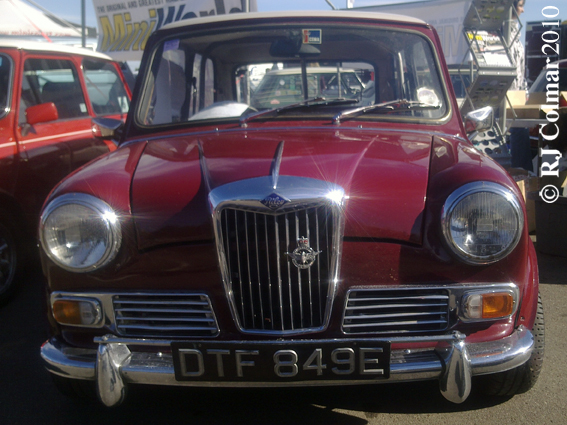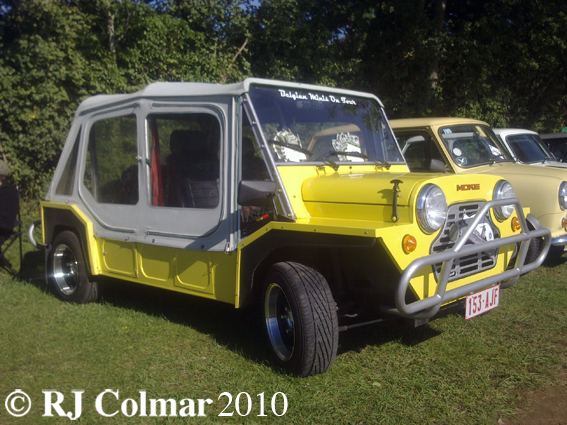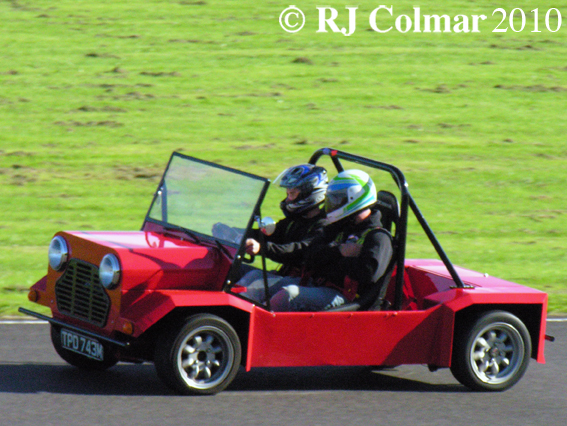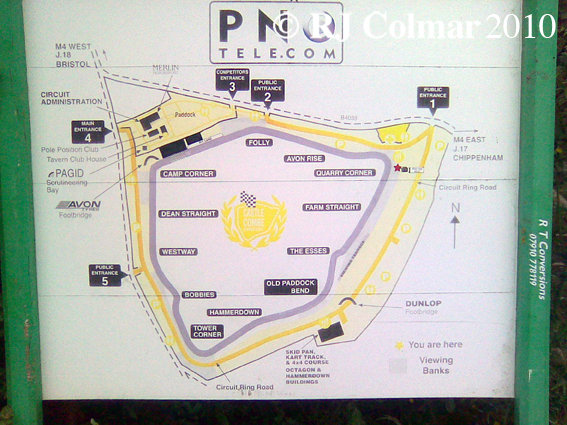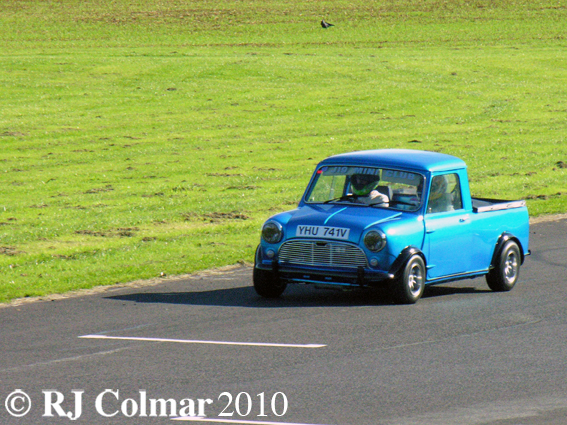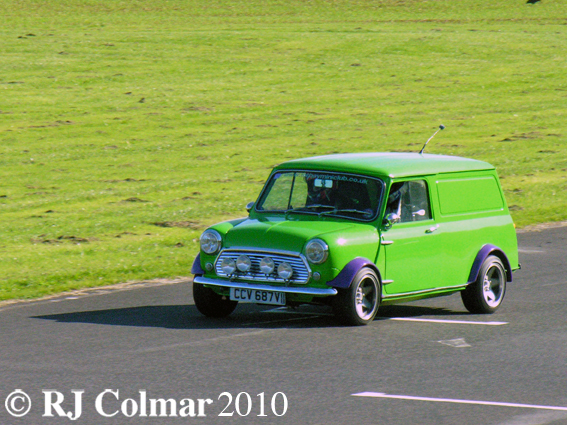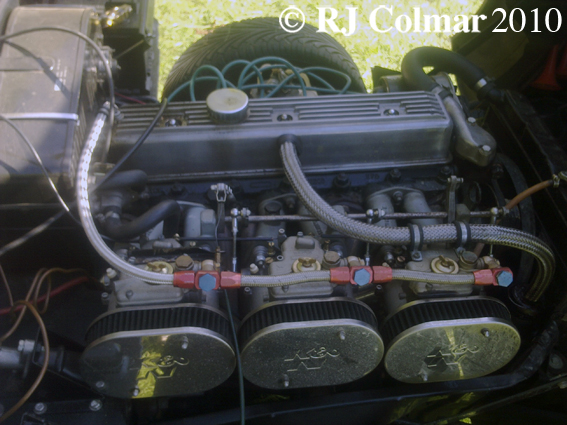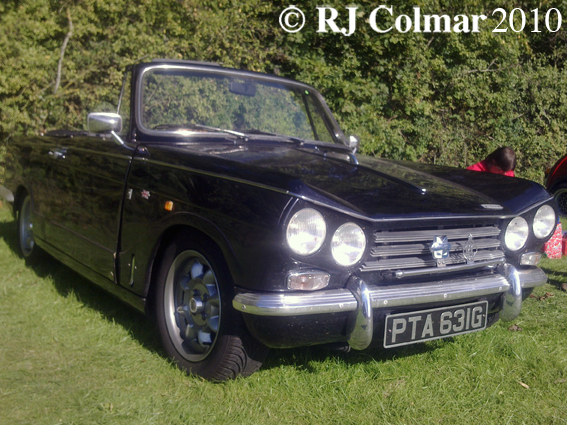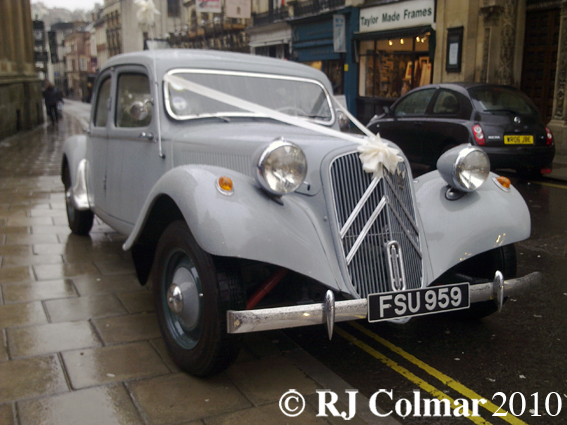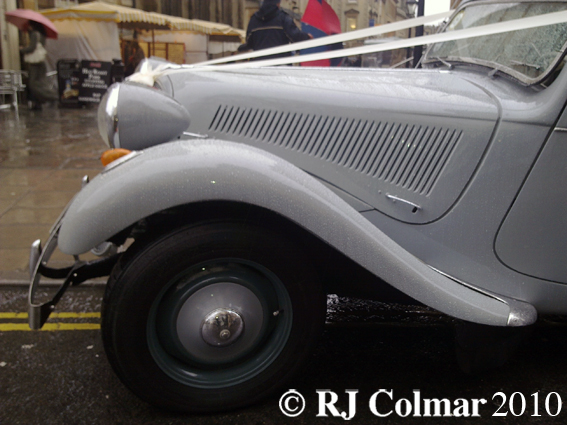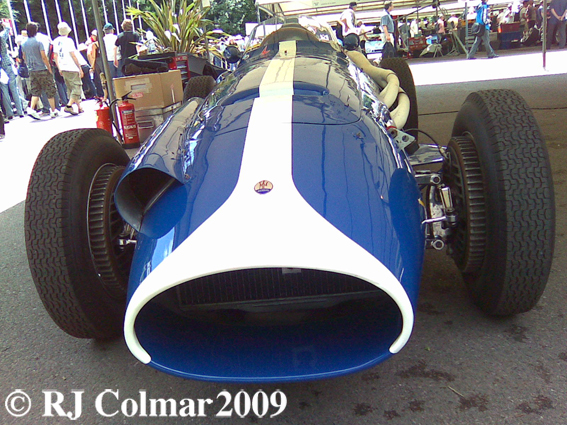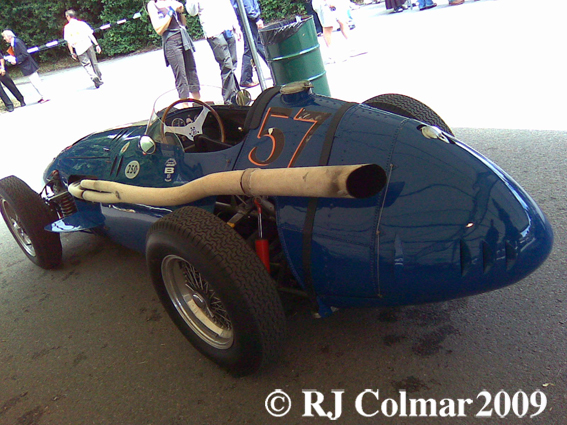Although designed as a motorised shopping basket on wheels the Mini platform provided incredible handling characteristics and soon became the target of highly respected performance companies, none more so than John Cooper who’s cars Jack Brabham had taken to successive Formula One Championships in 1959/60.
John Cooper was friends with Mini designer Alex Issigonis but still had to go behind his back to appeal to the BMC management direct inorder to get the go ahead to develop the Mini Cooper into an extremely popular performance model. It was also extremely competitive winning the Monte Carlo Rally in 1964 ’65 & ’67 and was famously disqualified after winning in 1966!
Budding entrepreneur and custom car aficionado Geoff Thomas thought he could improve the Mini Copper S by producing a lighter Mini Cooper variant with a seemless body 3 inches shorter than the original.
One day in 1965 Geoff was at Castle Combe Circuit and met fellow racer Neville Trickett who prepared his own lightweight Mini racer with extensive engine modifications, impressed with the quality of Neville’s work Geoff discussed his idea for manufacturing the Minisprint and after a ‘ridiculously brief discussion’ Neville agreed to work for Geoff and the production of Minisprints began eventually settling at Rob Walkers Garage Nr Warminster, Wiltshire.
The model shown above is registered in France, and might possibly, with the emphasis on possibly, belong to Normandy resident Neville Trickett himself ? Notice this vehicle is fitted with highly unusual triple screen wipers.
I am not sure where the square headlights idea came from nor where they were sourced ? They were not part of the original spec, but seem to have been introduced before production of Mini Sprints moved from Wiltshire to Stewart & Arden in London.
Like Cooper, ERA came form a racing background, primarily known for it’s pre WW2 voiturettes powered 1.5 litre 91 CUI supercharged Riley 6 based engines. By the late 1980’s ERA were primarily engaged as consultants to the motor industry.
In 1989 The ERA Mini Turbo, ERA type M (?) was conceived as a replacement for the Mini Cooper S which was out of production between 1971 and 1990. The interior of the car featured unparalleled levels of refinement including Connelly hide seats.
The fastest ever production Mini ERA Turbo used a 1300cc /79 cui Mini Metro Turbo engine capable of being serviced at regular Austin Rover Mini dealers. The suspension and brakes were also upgraded using many parts from the Metro, surprisingly the cars handling characteristics were first tested and tuned at Castle Combe prior to going into production.
Finally I’d like to welcome all new readers to this blog who are now coming from UK, USA, Canada, Netherlands, Austria, Denmark, Croatia, Saint Kitts and Nevis (!) and Sweden.
Wishing you all a fabulous day where ever you are, ‘don’t forget to come back now ! Hear !’






